How To Grow A Lush Ligustrum Shrub In Days
Ligustrum shrubs are a popular choice for landscaping because they are easy to grow and maintain. They are also relatively pest- and disease-resistant, making them a good choice for even novice gardeners.
If you are looking to grow a lush Ligustrum shrub, there are a few things you need to do:
- Choose the right location. Ligustrum shrubs prefer full sun, but they can tolerate partial shade. They also need well-drained soil.
- Plant the shrub at the proper depth. The top of the root ball should be level with the soil surface.
- Water the shrub regularly, especially during the first year after planting.
- Fertilize the shrub every spring with a balanced fertilizer.
- Prune the shrub in early spring to shape it and remove dead or damaged branches.
If you follow these simple steps, you will be well on your way to growing a lush Ligustrum shrub in days.
Introduction
Ligustrum shrubs are a versatile and attractive addition to any garden. They can be used as hedges, screens, or specimen plants. Ligustrum shrubs are also relatively easy to grow and maintain, making them a good choice for even novice gardeners.
In this blog post, we will discuss how to grow a lush Ligustrum shrub in days. We will cover everything from choosing the right location to fertilizing and pruning. By following these simple steps, you can have a beautiful and healthy Ligustrum shrub in no time.
Main Content
Choosing the Right Location
The first step to growing a lush Ligustrum shrub is choosing the right location. Ligustrum shrubs prefer full sun, but they can tolerate partial shade. They also need well-drained soil. If you live in an area with hot summers, you may want to choose a location that gets some afternoon shade.
Planting the Shrub
Once you have chosen a location, it is time to plant the shrub. Ligustrum shrubs should be planted at the same depth as they were in the nursery pot. The top of the root ball should be level with the soil surface.
After planting, water the shrub thoroughly. You should water the shrub regularly, especially during the first year after planting.
Fertilizing the Shrub
Ligustrum shrubs should be fertilized every spring with a balanced fertilizer. You can use a slow-release fertilizer or a liquid fertilizer. Follow the directions on the fertilizer label for the correct application rate.
Pruning the Shrub
Ligustrum shrubs should be pruned in early spring to shape them and remove dead or damaged branches. You can also prune the shrubs to keep them in check if they are getting too large.
Conclusion
By following these simple steps, you can grow a lush Ligustrum shrub in days. Ligustrum shrubs are a beautiful and low-maintenance addition to any garden.
Additional Tips
- For a more compact shrub, prune Ligustrum shrubs in late summer.
- Ligustrum shrubs are susceptible to scale insects. If you see scale insects on your shrub, treat them with insecticidal soap or neem oil.
- Ligustrum shrubs can be propagated from cuttings. Take cuttings in late spring or early summer.
Ligustrum shrubs are a popular choice for landscaping because they are versatile and easy to care for. They come in a variety of sizes and colors, and they can be used as hedges, borders, or specimen plants.
If you are interested in learning more about ligustrum shrubs, I recommend visiting Home Gardening. This website has a wealth of information about ligustrums, including their care, propagation, and pest control.
FAQ of ligustrum shrub
- How do I care for a ligustrum shrub?
Ligustrum shrubs are relatively easy to care for, but they do require some basic care. They need full sun or partial shade, and well-drained soil. They should be watered regularly during the growing season, but they are drought-tolerant. They should be pruned in late spring or early summer to keep them in shape.
- How do I start a privet hedge?
To start a privet hedge, you can either buy young plants or start your own from cuttings. If you are buying plants, make sure to choose plants that are the same height and width so that your hedge will be uniform. If you are starting from cuttings, you will need to take cuttings from a healthy plant in the fall or winter. Once you have your cuttings, plant them in well-drained soil and water them regularly.
- What are some common problems with ligustrum shrubs?
Some common problems with ligustrum shrubs include:
* Leaf spot: This is a fungal disease that can cause leaves to turn yellow, brown, or black. To treat leaf spot, you can use a fungicide.
* Scale: This is an insect that can suck the sap from ligustrum leaves. To treat scale, you can use an insecticidal soap or oil.
* Pests: Ligustrum shrubs can also be susceptible to pests such as aphids, mealybugs, and caterpillars. To treat pests, you can use insecticidal soap or oil.
- How can I use ligustrum shrubs in my garden?
Ligustrum shrubs are versatile plants that can be used in a variety of ways in the garden. They can be used as:
* Privacy hedges: Ligustrum shrubs can grow to be quite tall, making them a good choice for privacy hedges.
* Screens: Ligustrum shrubs can also be used to create screens to block out unwanted views.
* Borders: Ligustrum shrubs can be used to create borders around flower beds or other areas of the garden.
* Specimen plants: Ligustrum shrubs can also be used as specimen plants, either in their own right or as part of a mixed border.
Image of ligustrum shrub
- Ligustrum shrub with green leaves and white flowers.
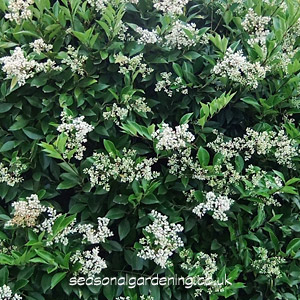
- Ligustrum shrub with dark green leaves and small, black fruits.

- Ligustrum shrub in full bloom, with white flowers covering the branches.
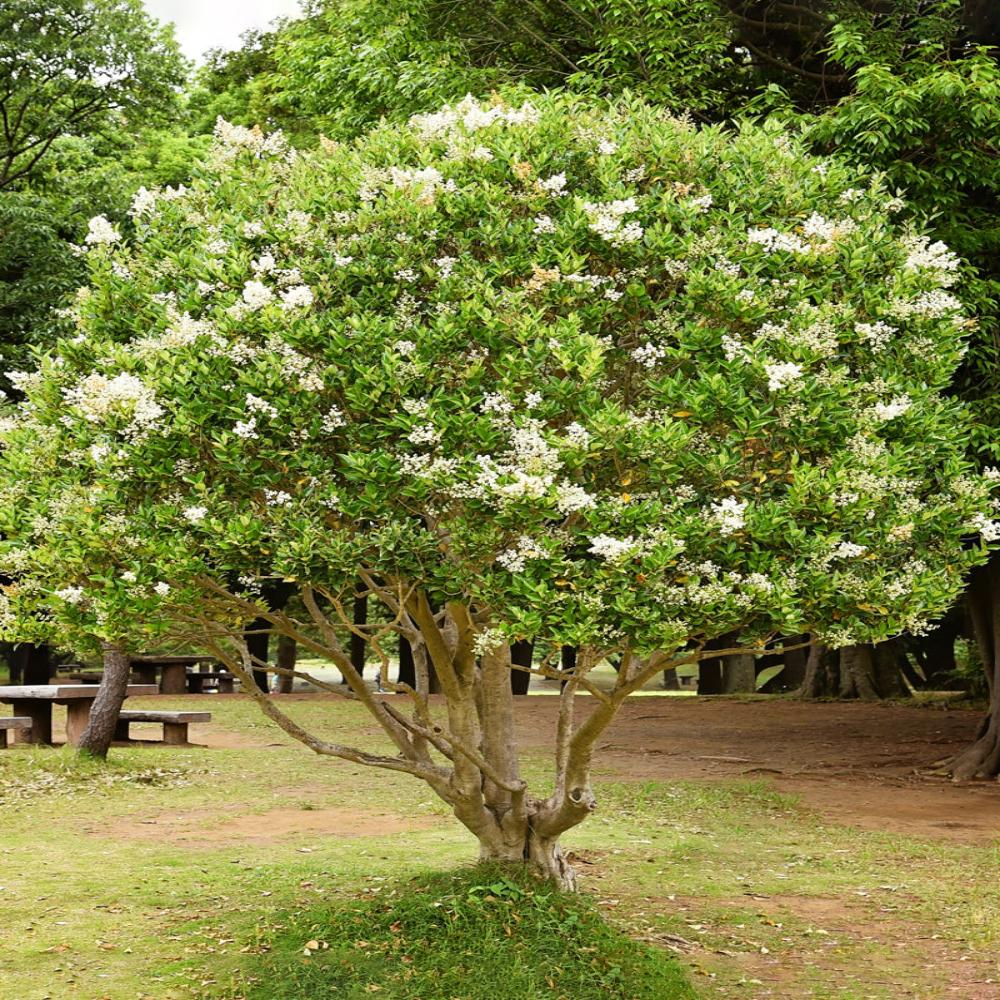
- Ligustrum shrub as a hedge, with trimmed, uniform branches.
- Ligustrum shrub in a pot, with lush green leaves and a few white flowers.

- Ligustrum shrub in a garden, with other plants and flowers.

- Ligustrum shrub in fall, with leaves that are turning yellow and orange.
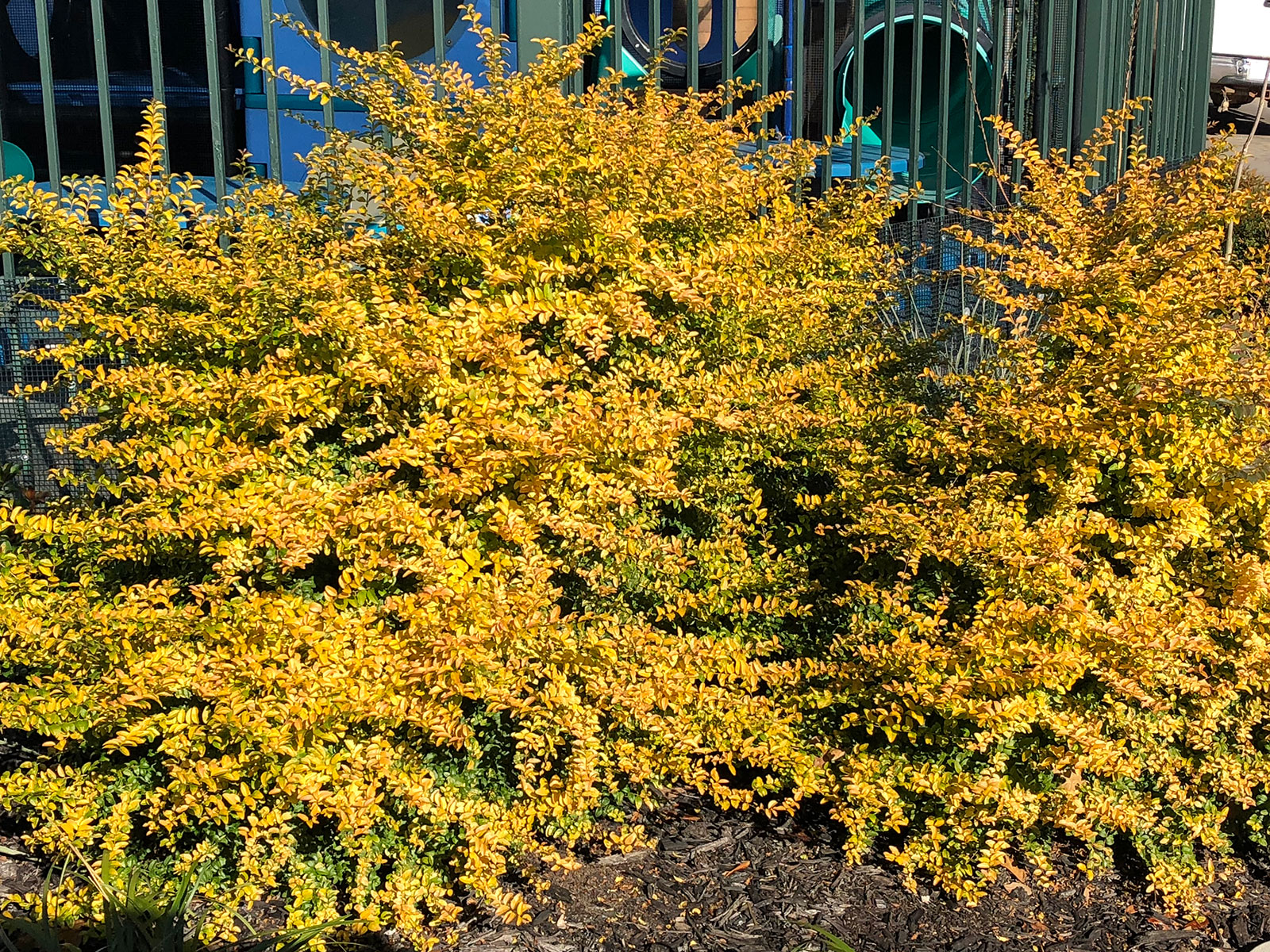
- Ligustrum shrub in winter, with bare branches.
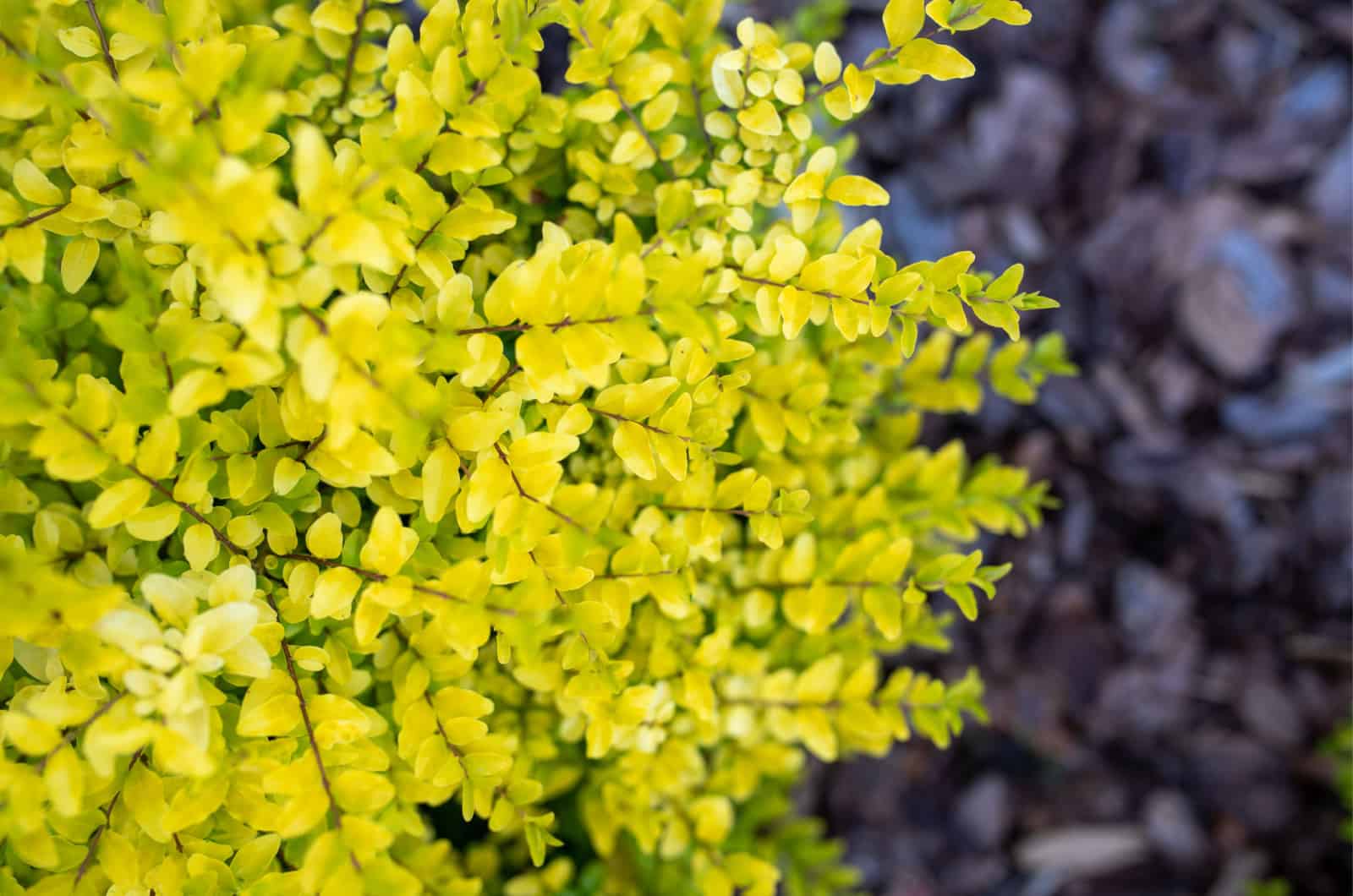
- Ligustrum shrub in close-up, showing the details of the leaves and flowers.
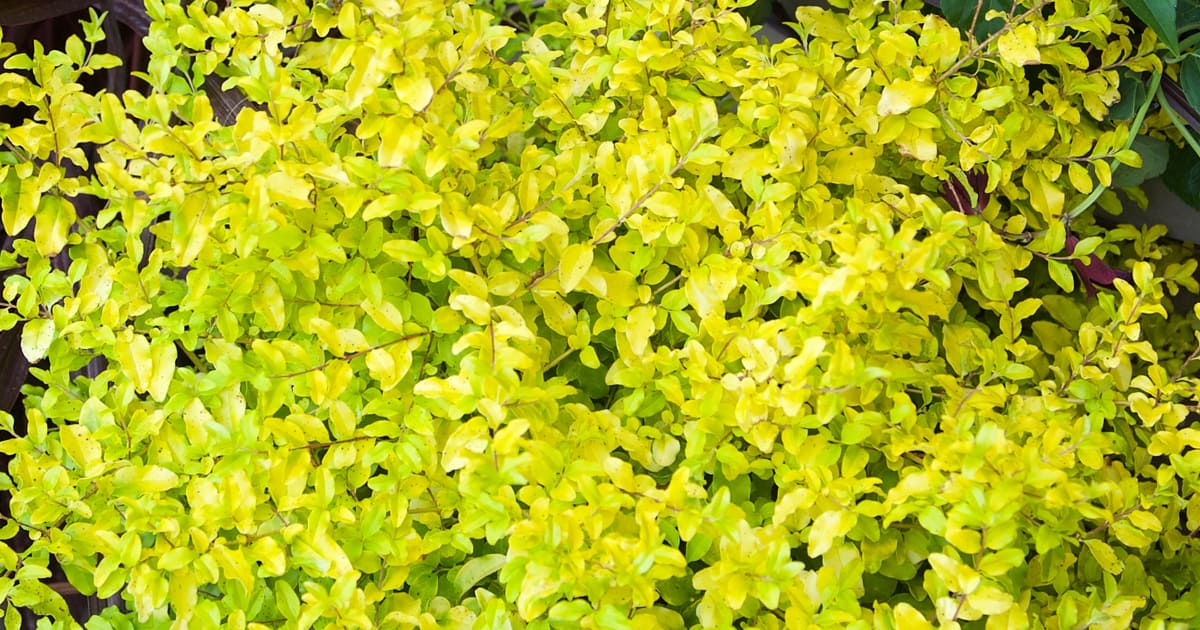
Post a Comment for "How To Grow A Lush Ligustrum Shrub In Days"